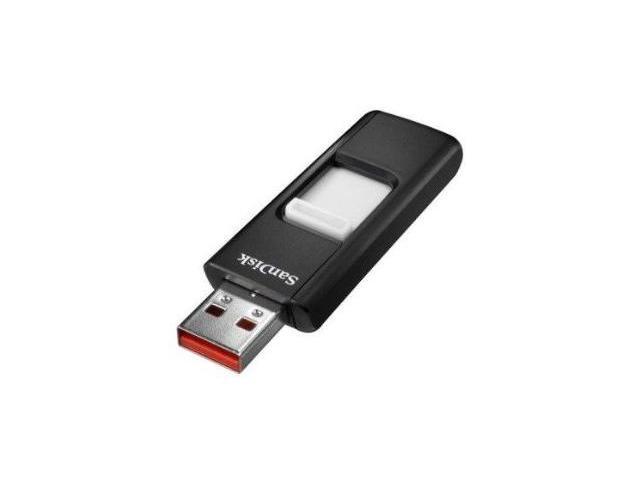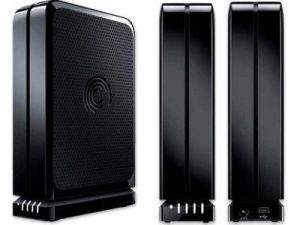Before I begin explaining the technological side of things, there's something I want to really stress: If the file is irreplaceable, have three active back ups at all times. Redundancy is the key to a successful back up plan. I believe you can't have enough back ups if the file can't be restored. I have 6 backups of all my writing files at all times, and at least three are always up to date.
Now, for some quick terminology in very layman terms (I do ask that you don't be offended if you know this. I write these tech posts to where even a new PC user can understand them):
GB = gigabyte . 1GB is 1,000MB (MB = megabyte) or roughly 700 floppy discs or 1.5 CD's
TB = terabyte. 1TB is 1,000GB or roughly 250 DVD's
USB 2 = Rated at 480Mbit/s or Megabits a second
USB 3 = Rated at 4Gbits/s or Gigabits a second. Both are backwards-compatible aka USB 2 works in a USB 3 port and vice versa.
Far as the technology goes, the main backup device people have laying
around is the thumb drive. This is an example of a thumb drive:

The major pros of them are they are very portable, cheap, and don't require any software to use. You just plug them in, save the files to the drive, and remove it. They are the device that finally killed off floppy drives because of their ease of use and bigger storage capacities. They are now available up to 1TB, but the most common sizes in major stores range from 8GB up to 128GB.
The biggest con with thumb drives is how easy they are to lose. If you do use a thumb drive for a back up, my advice is to keep it in a secure location, and buy another one for traveling. Also, they can get corrupted and / or broken very easily. What I mean by corrupted is you plug it in, the system doesn't see anything on it. Again, they're great for daily or weekly, but not as the only backup.
The second most popular back up hardware is external hard drive. An external hard drive is what it sounds like: a hard drive in an enclosure. There are two options: 2.5" laptop drive or 3.5" desktop drive. They both have their advantages and disadvantages.
They both do have one main advantage over thumb drives: bigger storage capacity. A 1TB drive is about the default size to external hard drives. The biggest drawback is there are moving parts inside, so they can get damaged if moved or dropped, especially when plugged in. They are more designed to be left somewhere and never moved. I use my external mostly as a monthly backup to save all my files on my PC: novel files, music, etc.
Far as what they look like, here's an example of a 2.5" drive:

Here's a 3.5" drive:

The biggest advantage of the 2.5" drive versus the 3.5" is they don't require a power adapter. At most, they will use two USB ports to power the drive. This makes them very portable along with their small size. They average the size of a paperback book. The biggest disadvantage is they are smaller in size versus 3.5" drives, and the lack of connectivity options. The biggest 2.5" drive you can find on the market is 2TB, while 3.5" drives are at 6TB. Also, it's hard to find a 2.5" drive that uses more than USB ports to connect on store shelves.
Another term you might here for as external hard drives go is NAS or network attached storage. A NAS means it's an external drive or drives that plugged into your modem or router through Ethernet or wifi. The one I would suggest for typical home use are the external hard drives with an Ethernet port or built-in wifi. The advantage of a NAS is you can access it over your home network, and some offer services for access away from the house.
Now, when it comes to buying thumb drives and external hard drives, this the rule I follow: I set a max budget, and get the most GB/TB I can get. For thumb drives, I set a budget of $10, which can easily get a 16GB these days. I never go higher than $20, which is easily a 32GB. For external hard drives, I go up to $100 max, which can easily get a 2TB drive, at most $200 if I need it to be a NAS. Far as brands go, I trust Sandisk and Lexar the most in thumb drives, and in hard drives, Western Digital then Seagate. Far as USB2 versus USB3, if you're system has USB3 ports, get USB3, especially for external hard drives.
Now, the reason for setting a max budget is this: Why get a 500GB drive for $70 when there's a $60 1TB drive is on sale? I never get my mind set on a certain size before I go buy one because of this reason. If I had to set any rule far as what size, my only suggestion is to get an external hard drive that matches or is double the size of your hard drive if it's within budget. Far as thumb drives, I rather have multiple smaller drives versus one big one.
Now, for some of the other ways I do back up outside of thumb drives and my external hard drive:
- SD Cards
With the cameras on smart phones getting better, digital cameras are slowly being phased out of most households. When I got rid of my digital camera, I ended up with a few 4GB's cards lying around, so I converted one into a daily and weekly backup solution. It's small enough to fit into a wallet, and almost every new system has a card reader built in. The only downside is they are like thumb drives: easily breakable.
- Smartphones
My current phone has 4GB's of storage space, and it can work like an external drive on my PC. So, installing a ton of apps, I use it as a way to keep my novel files safe. I would lose a thumb drive way before I ever lost my phone. When I do back up to my phone, I do another back up on another device to be safe though. There's always the chance my phone can get destroyed, lost, or stolen.
-CD-RW / DVD+RW
The old archaic way of storing files still works. This one is hard to suggest since a lot of newer systems don't even come with the drives anymore, and the discs aren't cheap anymore. However, if you do have a drive and the discs lying around, it's another way to protect your work. The biggest drawback is if the disc is scratched, the data is gone. If you do use this type of backup, keep it in a safe place. I prefer the RW discs because they can be reused versus a typical R discs.
The other hassle with RW discs is they can be a pain to modify data constantly like you can with a thumb drive. Yes, there are ways to save a new file to an RW disc, but I use them to save my files at a certain point, and erase the disc when I want to make another backup later on. I mostly burn to a RW disc when I reach a huge milestone, such as finishing the entire novel in whatever stage I'm at: rough drift, first edit, etc. In other words, not part of my usual back up schedule.
- Printer
Again, I only do this at huge milestones as I list above. I never thought of printing out my work as a back up at first, but an editing technique. I find it way easier to edit on paper versus a screen because I find more things to fix this way. However, when you got the entire novel on paper, you can suffer a total system break down, and still have your work safe. Granted, you will have to retype it if all your technology goes haywire, but I rather have to retype my novel then try to remember the entire thing.
- Email / Cloud Storage
They both serve the same purpose when protecting data. You upload the files to the internet, and they are stored on a server that's not in your home. I started this process during the 2004-2005 hurricane season. Living in Florida, I was affected by four hurricanes during those years, and wanted to get my files away from my house. So, I started emailing myself my files in a password protected zip file to a few email accounts. I even started using Google Drive to store them as well.
This process makes a great daily back up, but I mostly do it when I finish a small milestone, such as finishing a chapter. I would never rely on this method fully because of the biggest drawback: You need working internet to get your files. However, if you really, really need to save a file to protect it from a system crash or whatever, email it right away. It will be a lot quicker than trying to find a storage device.
No comments:
Post a Comment